Frostbite Pepper
The frostbite pepper is an unusual pepper with a multiple color changes, from dark, to green, then an ongoing tie-dye/ombre fade of purple, green, cream, finally ripening bright orange.? Of ghost origins, based on shape and smell, likely crossed with pimenta da neyde.? A neutral taste – just heat.? Originally collected from seed trading, likely originating from DevilPods.? A funky pepper that is a must grow.? Highly productive – consider staking the plant as it grows heavy and tall.
Growing superhot peppers:
Superhot peppers can be started from seeds indoors, 10-12 weeks before the last frost date. The seeds need warm soil to germinate and grow, at a minimum 70F.? Warmer is better, as long as seeds stay below 95F.? You can use a heating pad or mat to warm the soil if necessary.? Use a high-quality seed starting mix and keep the soil moist but not waterlogged.
Once the seedlings have 2-3 true leaves, transplant them into larger containers or outdoors into the garden, depending on the weather conditions. When the seedlings are ready to be transplanted, harden them off by gradually exposing them to outdoor conditions over a period of 7-10 days.
Advanced growing tips.
Remember – millions of gardeners successfully grow peppers every year without this level of detail.? For the ultimate growing experience, or if you are having trouble having pepper success:
Superhot peppers prefer a slightly acidic soil with a pH between 5.5 and 7.0. To achieve this pH range, you may need to amend the soil with sulfur or lime. Choose a location with good air circulation and avoid planting the peppers in low-lying areas where cold air can settle.
Before planting your peppers, prepare the soil by incorporating organic matter, such as compost or well-rotted manure. This will improve soil structure and nutrient availability, and help retain moisture.
Once your pepper plants have been established, you can begin to fertilize them. This is typically done about 2-3 weeks after transplanting or when the plants have reached a height of 6-8 inches. At this stage, you can apply a balanced fertilizer with a ratio of 5-10-10 or 10-10-10. Apply the fertilizer around the base of the plant, being careful not to get it on the leaves
As the peppers begin to produce flowers and fruit, they will require more nutrients to support their growth. You can continue to fertilize every 3-4 weeks with a balanced fertilizer, or switch to a fertilizer with a higher phosphorus content, such as a 10-20-10 or 15-30-15 ratio. Make sure to water the plants well after applying fertilizer to help it soak into the soil.
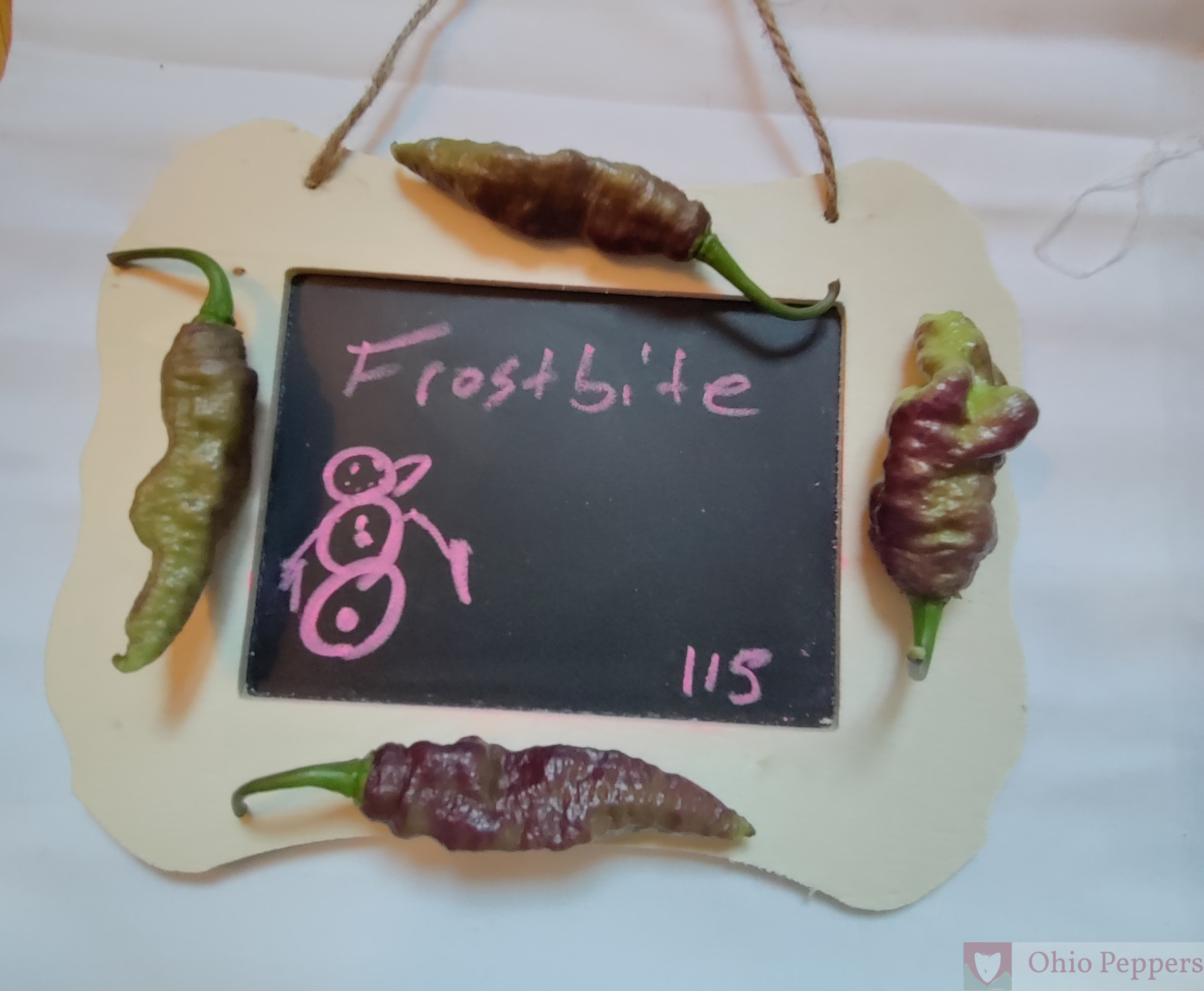






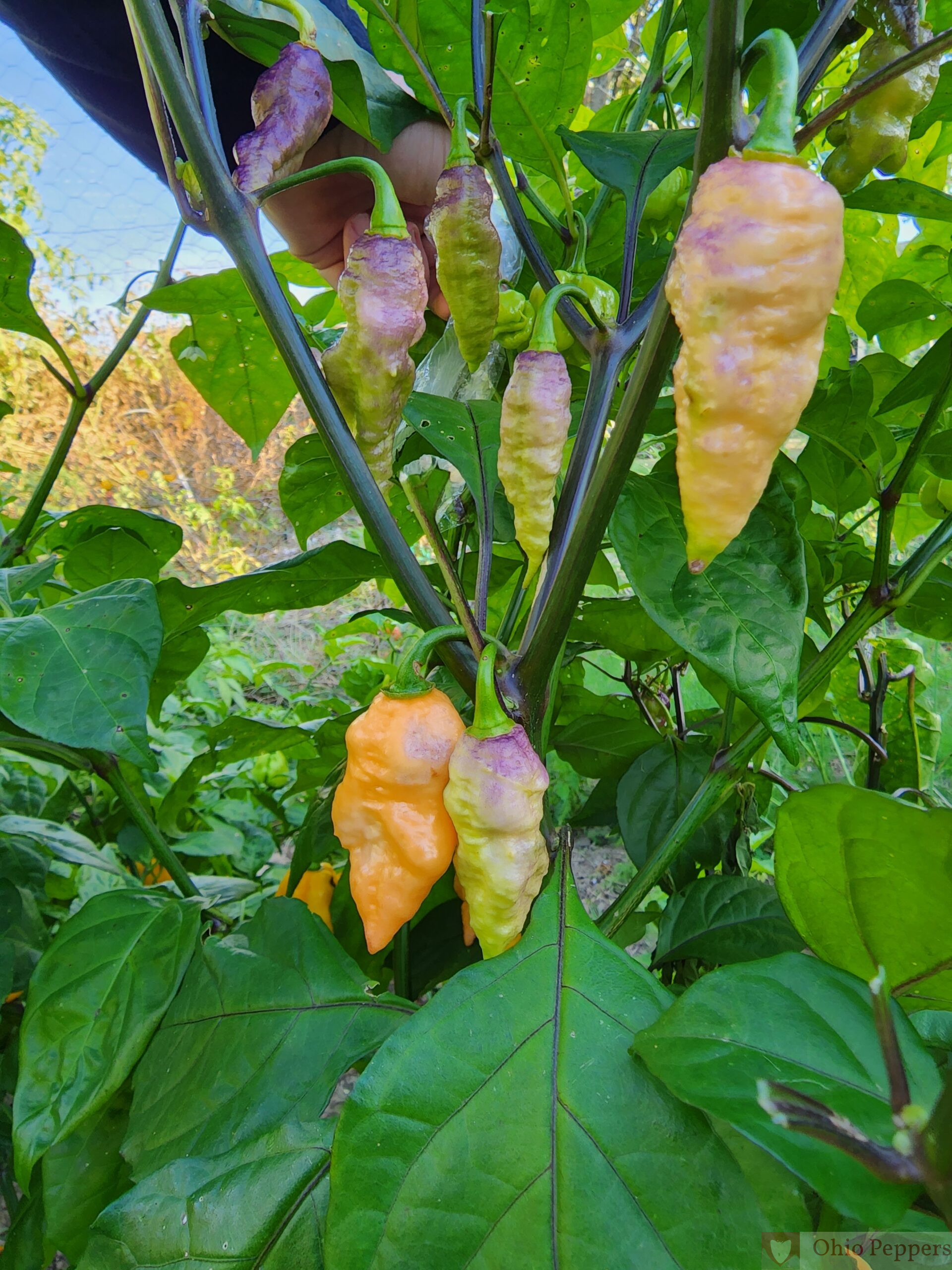


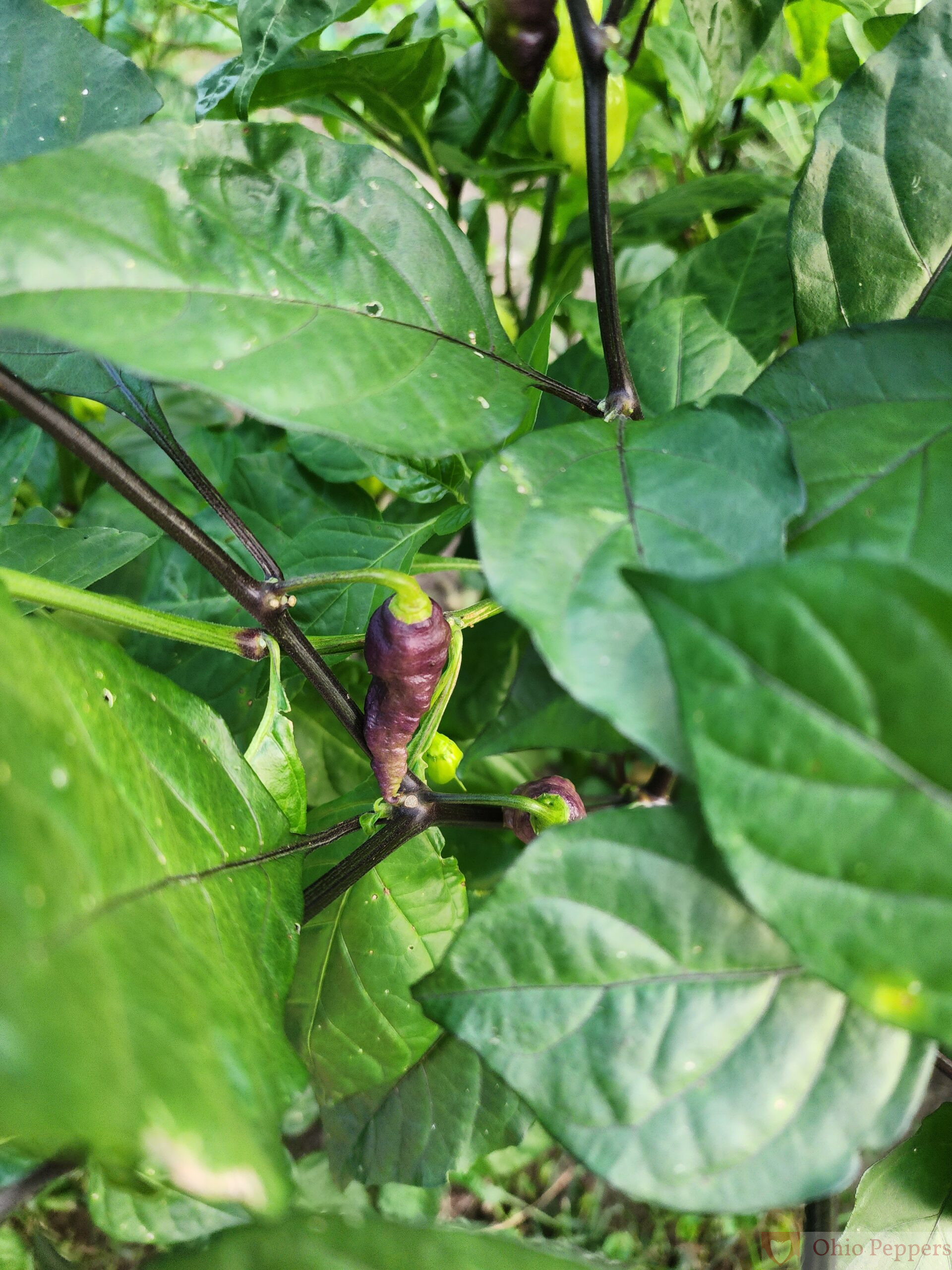


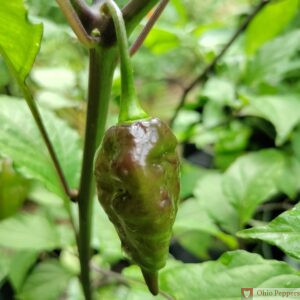
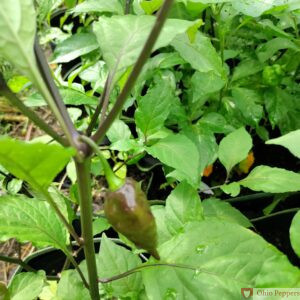
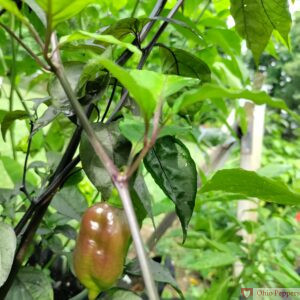
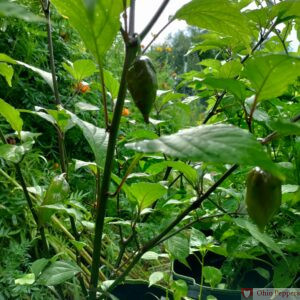
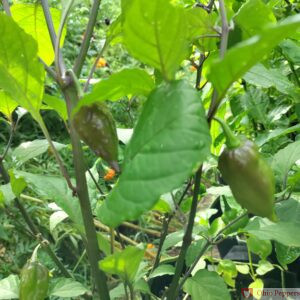

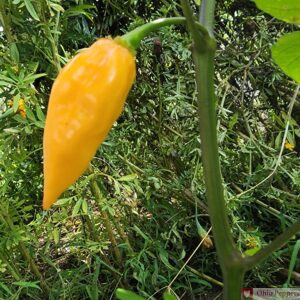
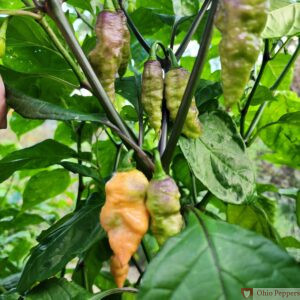
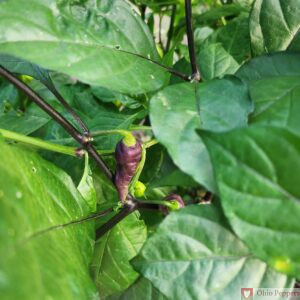



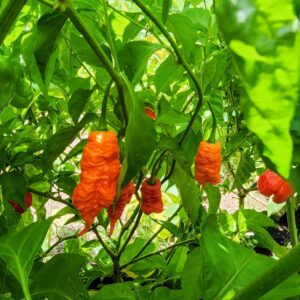


Reviews
There are no reviews yet